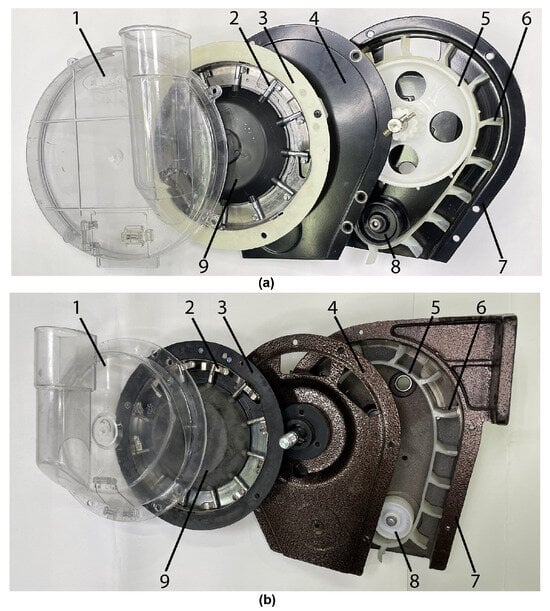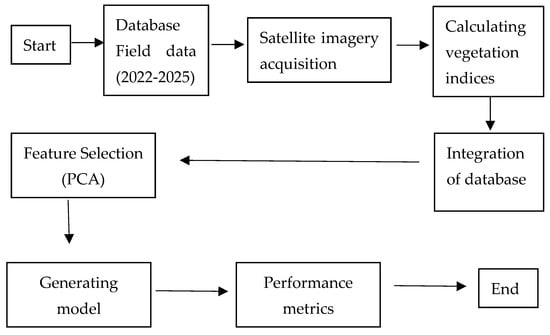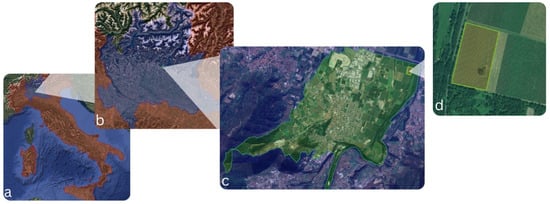- Article
Hall Sensor-Based Detection and Prevention of Seed Misses in Long-Belt Finger-Clip Precision Metering Device
- Nikolay Kostyuchenkov,
- Aldiyar Bakirov and
- Oksana Kostyuchenkova
- + 2 authors
Accurate seed singulation is critical for uniform crop establishment and yield optimization in precision agriculture. This study presents the development and evaluation of a Hall sensor-based Seed Miss Prevention System (SMPS) integrated into a long-belt finger-clip precision metering device for corn (‘Dekalb DKC5032’) and sunflower (‘Astana’). The system utilizes neodymium magnets mounted on seed-picking fingers to trigger a Hall sensor that detects missed seeds in real time and initiates immediate compensation. Laboratory tests across rotational speeds from 10 to 80 rpm showed that the SMPS significantly reduced seed misses, especially within the 10–30 rpm range, where near-perfect singulation was achieved for corn (Miss Index < 0.01). For sunflower, although performance at very low speeds was limited by mechanical variability, the SMPS effectively reduced the miss index by up to 50 % at medium speeds. Statistical analysis (Tukey HSD) confirmed significant improvements in single and double miss prevention across both crops. The proposed Hall sensor-based approach demonstrated a robust, cost-effective, and dust-resistant solution for enhancing seed placement accuracy, providing a strong foundation for the development of intelligent and adaptive precision seeding systems.
18 December 2025







